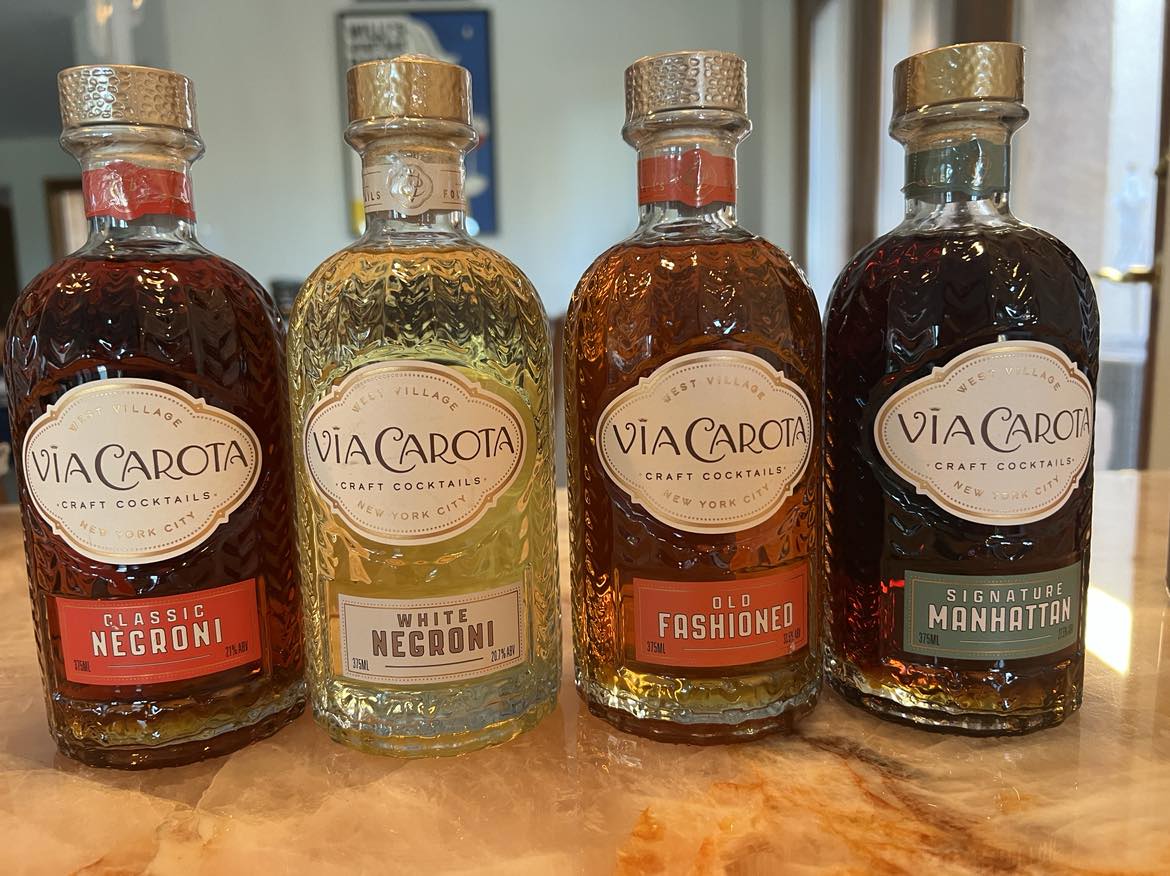Here is a wine that says romance or special occasion. We do not see people at wine parties lining up bottles of Champagne for all to savor throughout an evening at parties. However, it is quite often served at the beginning of a dinner party along with delicate appetizers to enhance everyone’s palate and prepare everyone for an evening. So what makes this wine so unique?
 Champagne is a wine produced in the Champagne region of France. Now we get into the unique ownership of the name “Champagne”. I was asked by many GOTN folks the details about the wines that they needed to bring to GOTN. Were they only supposed to be from Champagne, France or could they be sparkling wines from California, Italy, etc. It is true that only sparkling wines made in Champagne, France can label their bottles as such. But there is one exception to this rule. The United States can use the title “Champagne” if they were using it prior to 2006 and they include the actual origin of the wine on the label. All other wines of this type must be labeled as sparkling wines. Sparkling wines from other European countries are sold under names such as:
Champagne is a wine produced in the Champagne region of France. Now we get into the unique ownership of the name “Champagne”. I was asked by many GOTN folks the details about the wines that they needed to bring to GOTN. Were they only supposed to be from Champagne, France or could they be sparkling wines from California, Italy, etc. It is true that only sparkling wines made in Champagne, France can label their bottles as such. But there is one exception to this rule. The United States can use the title “Champagne” if they were using it prior to 2006 and they include the actual origin of the wine on the label. All other wines of this type must be labeled as sparkling wines. Sparkling wines from other European countries are sold under names such as:
- Prosecco (Italy)
- Cava (Spain)
- Sekt (Germany and Austria)
- Spumante or Asti Spumante (Italy)
There are 3 grape varietals used in Champagne. They are Pinot Noir, Chardonnay and Pinot Meunier. Champagne comes in various colors based on exposure time of the wine to the skins of the grapes.
So what makes Champagne so unique? How do they create such fine bubbles that Champagne is known for? The questions go on and on about this wine. The production of fine bubbles is the results of 2ndary fermentation which occurs in the bottle. This process can be seen in many beers that are bottle carbonated or conditioned such as Belgian ales. The result of this process is very fine bubbles whether it is a beer or Champagne. The process involves bottling the wine followed by the addition of a few grains of yeast such as Saccharomyces cerevisiae and a small amount of sugar to the bottle. This process is referred to as methode traditionnelle or traditional method.
Once the yeast finish consuming the sugar they die and settle to the bottom of the bottle. It would not be very elegant if you poured the Champagne and had yeast floating in your glass. This would definitely change the mood of the evening. With beer there is a simple cure to keep the yeast out of the glass. I generally let my Belgian ales sit for about 15-20 minutes followed by carefully pouring the beer into a glass. Watching the level of the beer, I stop just before the end leaving a little of the beer with the yeast in the bottom of the bottle.
Champagne remedies this problem by removing the dead yeast through a process known as degorgement. Disgorgement involves shaking the bottle and placing them neck down allowing the yeast to settle into it. The neck is then placed into a cold bath at -25 degrees Celsius, freezing the liquid in the neck trapping the yeast in a frozen lump. The cap is then removed and the pressure within the bottles forces the frozen lump from the bottle. The wine lost during this process is then replaced along with sugar if required. The amount of sugar added adjusts the sweetness of the wine depending on the type of Champagne being produced. This addition of sugar is known as dosage. Below are what one can expect to see on the label of a Champagne bottle and what it means.
- Brut – Is a fairly dry Champagne, Brut may contain up to 12 grams of sugar per liter.
- Extra Dry, Extra Sec, Extra Seco – Wines that bear this label contain between 12 and 17 grams of sugar per liter.
- Dry, Sec, Seco – Although it is labeled as “dry,” Seco is considerably sweeter than Brut and may contain between 17 and 32 grams of sugar per liter.
- Demi-Sec, Demi-Seco – Is the sweeter end of Champagne, Demi-Sec contains between 32 to 50 grams of sugar per liter.
- Doux, Sweet, Dulce – The sweetest of Champagnes, bottles labeled with any of these three names contain 50 or more grams of sugar per liter.
Now that we have an understanding of the complexity of this elegant wine, let’s review the samples brought by the group at GOTN.
- 2004 Pommery (France)
Aroma – White flower, apricot and lemon zest
Taste – Well balanced and bread finish
- Domaine Rolet (France)
Aroma – Grapefruit and apricot
Taste – Crisp and yeasty
- Vin de Savoie Jean Vullian & Fils (Switzerland/France)
Aroma – Apricot and Vanilla
Taste – Mild, less bubbles and not as yeasty
- Veuve du Vernay (France)
Aroma – Apricot
Taste – Vanilla, mild bready and a little sweetness at the end
- Vincent Careme Vouvray (France)
100% Chenin Blanc
Aroma – green apple, crisp and fresh
Taste – Green apples, long finish and medium bubbles.
- Mumm Napa Cuvee (Napa Valley)
3% Muscat/ Pinot Noir/ and chardonnay
Aroma – Apricot
Taste – Little sweet, Short finish and light bubbles
- Moet Chandon Imperial Nectar (France)
Aroma – Apricot
Taste – Apricot, vanilla, sweet and bready
Fantastic line-up of this unique style of wine known as Champagne was provided by all attendees. Every bottle that was opened had such interesting characters that the applications to food and events are limitless. Serve the Brut styles for that evening kickoff or serve the sweeter styles with a desert – as our resident spoiler Tracy Sly did by providing the group with apricot meringue bars to go with her favorite Moet Chandon Nectar. The match of the apricot profile in the Champagne further enhanced the apricot found in the dessert she brought. So next time you have a party or special moment, don’t forget to pick up a bottle of Champagne or Sparkling wine. It will set the mood for the evening
Thanks again for everyone’s participation. And special thanks to Geno for his fantastic service as well as to Guy Lelarge for providing such a great place as Valencia Wine Company to hold our GOTN meetings.
Cheers,
Rusty Sly









